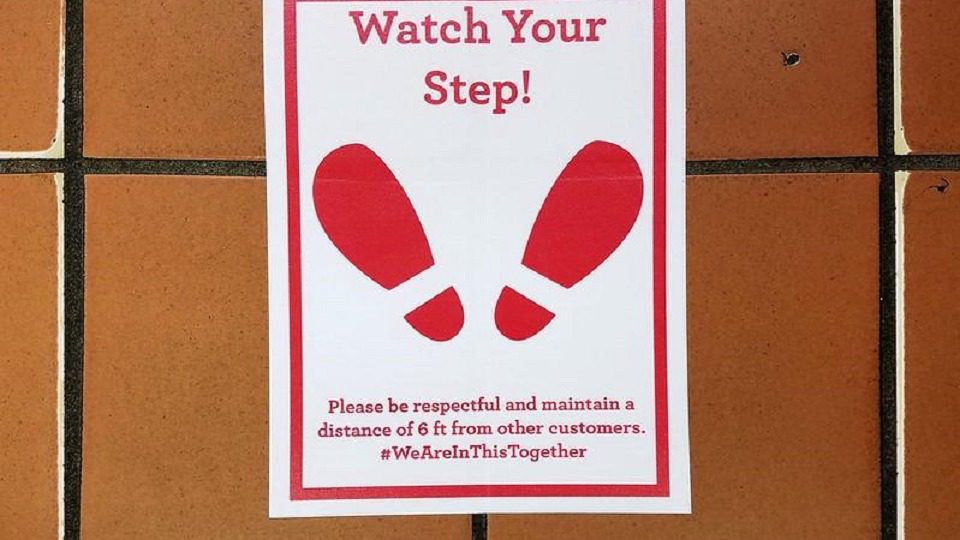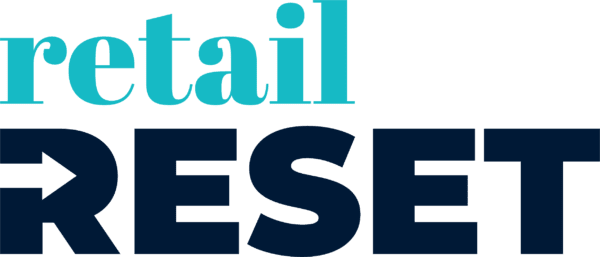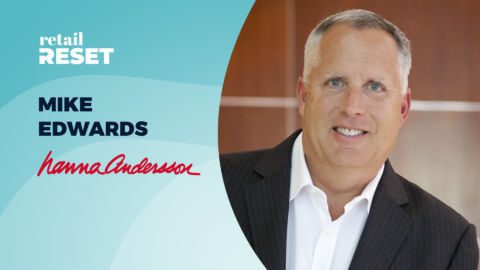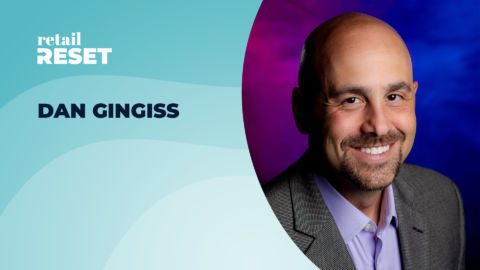Around the world, the coronavirus pandemic has caused people to make drastic changes in the way they shop, and retail has been reshaped by sudden shifts in consumer behaviors, habits and attitudes, as well as economic uncertainty. As all 50 states emerge (at different rates) from COVID-19 shutdowns, what does data show about how the “new normal” might look for retail?
The country is opening up, but consumers are evenly split on whether they will participate. While 49% of consumers agree that businesses should reopen to restart the economy even if the virus is still not fully contained, 48% disagree, according to Ipsos’ Consumer Confidence index, based on a survey conducted May 19-20. It’s worth noting, however, that the portion of respondents favoring reopening has shot up 12 percentage points within the past three weeks. Americans are equally divided on their view of a post-COVID-19 recovery. The index shows 48% anticipating a quick economic recovery, and 47% expecting a slow, uneven road back to pre-COVID-19 economic levels.
Many people are still hesitant to leave their homes. Almost three-quarters (74%) of respondents to Coresight Research’s May 13 survey of U.S. consumers said they would be avoiding travel and some public places in the month following the end of the lockdown. Shopping centers and malls are among the locations consumers are most likely to avoid.
Most Americans worry about how long the pandemic will continue and how it will impact their day-to-day lives and financial situations: 63% of respondents to McKinsey’s COVID-19 U.S. Consumer Pulse Survey said they were “very” or “extremely” concerned about the U.S. economy, and the same percentage expressed concern about not knowing how long the pandemic will last.
Resonate surveyed more than 5,000 U.S. consumers in two studies, conducted March 22-29 and April 20-26. Between the surveys, consumers extended their estimates of how long it would take for their lives to “largely return to normal.” In March, 71% of respondents expected a return to normalcy within six months. In April, close to half (46%) expected it would take seven months or more to go back to pre-COVID normal, with 22% thinking it would take more than a year and 6% believing their lives would “never” be the same.
A New York Times survey revealed similarly bleak statistics: 80% of Americans did not expect business conditions to be “very” or “somewhat” good over the next year, and 60% expected “periods of widespread unemployment or depression” over the next five years.
Kantar conducted a global study called the COVID-19 Barometer, conducted in three waves starting March 14 with subsequent surveys conducted two and four weeks later. With each survey, the share of respondents saying it would “take a long time” for the economy to recover went up, from 23% to 28% to 30%. In line with those economic concerns, consumers are increasingly scrutinizing prices. The share of people agreeing that “I pay more attention to prices” rose from 44% to 52% between March 14 and April 27.
Americans also have reduced their overall spending, according to Gallup. Slightly more than half (51%) of respondents to a recent poll said they were spending less money at present than in previous months. Since Gallup began asking consumers about their spending habits in 2009, the share of respondents saying they were spending less reached a high of 57% in 2010. However, there is a notable difference between the mindsets of consumers who restricted their spending in 2010 and 2020. Almost half (47%) of respondents to the April 2020 Gallup poll who are lowering spending expect the change to be temporary, as compared to just one-third in 2010.
Grocery Sees Biggest Digital Boost
As they adhered to stay-at-home orders, Americans’ lives became more digital as they worked, learned socialized — and shopped — over the web. According to the Salesforce Q1 Shopping Index, which analyzes the activity of more than one billion shoppers across the globe, the number of unique digital shoppers rose 40%, and digital revenue grew by 20%, in Q1 2020 compared to Q1 2019. Within just 10 days, March 10-20, spending on essential goods in digital channels ballooned 200%. Categories experiencing year-over-year (YoY) surges included home goods (51%), toys and games (34%) and active apparel (31%).
For apparel retailers, many of which had to shut down their physical stores, the digital shift dealt another blow. Although online apparel sales surged 34%, the prices for online apparel dove downward by 12% in April, the largest month-over-month decrease in five years, according to Adobe’s Digital Economy Index.
The most dramatic change in the e-Commerce sector during the pandemic was in grocery. According to a Brick Meets Click/Symphony RetailAI Online Grocery Shopping Survey, the value of digital grocery sales reached $5.3 billion in April, 37% higher than March’s $4.0 billion. The most significant drivers were a 33% increase in the number of orders and a 32% increase in order frequency, helped by a 4% increase in order value.
Online grocery had represented 3%–4% of U.S. grocery sales before the coronavirus outbreak, but it surged to between 10% and 15% at the peak of the pandemic, according to Steve Caine, a retail expert and partner for Bain & Company. He told CNBC that he expects online grocery shopping to settle at between 5% and 10% of sales in the post-pandemic “new normal.”
Groceries that were ordered digitally were not only fulfilled by shipping products to customers’ homes, but also through BOPIS (buy online, pick up in store), curbside pickup and local home delivery services. According to CivicScience, the use of grocery delivery services rose dramatically, from 17% the week of March 1 to 27% the week of April 26.
Adoption of subscription e-Commerce delivery also increased. More than one-third (38%) of respondents to an Acosta survey had started an online subscription service. More than half (55%) of those who ordered fresh food and beverages through an online subscription service did so for the first time, as did 47% who ordered meal kits and 46% who ordered alcohol through a subscription.
New Habits Will Persist Post-Pandemic
It is more difficult than ever to predict the future in the wake of an unprecedented pandemic, but some studies indicate possible directions.
FMI and The Hartman Group surveyed a nationally representative sample of adults to ask how they thought their habits would change after the pandemic. A higher percentage of respondents (28%) said they would make more in-person visits to stores than said they would make fewer (22%), and a significantly higher percentage of consumers (27%) expected to order groceries online for delivery more often than who expected to order less often (16%).
Shopkick surveyed 10,000 U.S. consumers and found that consumers’ biggest concerns when they return to physical stores are: other shoppers not heeding the safety precautions (32%); retailers not actively enforcing these precautions (28%); overcrowding (16%); and not knowing where the six-foot social distancing marks are (15%). Consumers expect retailers to ensure social distancing (81%), provide disinfectants (73%), require employees to wear face coverings (71%), install plexiglass barriers at checkout (65%) and require shoppers to wear face coverings (62%).
Apparel, shoe and accessories stores are at the top of the list for most (61%) consumers to visit once they reopen, followed by beauty (50%), home improvement (42%), entertainment and hobby (39%) and home décor (34%) stores, according to Shopkick.
Acosta’s survey found that 40% of consumers bought more store brand merchandise during the pandemic, and 63% expect to continue buying some of those store brands.
In a report called “Anticipating Life After COVID-19,” based on a national consumer panel, IRI found that a high proportion of shoppers still plan to buy groceries online after the crisis, with 36% saying it is very likely and 49% saying it is somewhat likely.
The report also predicted that:
- Consumers will resort to behaviors exhibited during previous recessions, including purchasing more private label and multi-use packages, as the recession hits their personal finances;
- A “high percentage” of consumers will continue the habit of consolidating their purchases into fewer shopping trips; and
- Having cooked more meals from scratch at home and experimented with new recipes and preparations, shoppers will look for more fresh foods and baking products.



